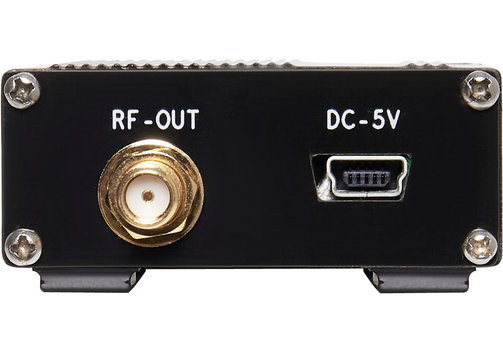In the ever-evolving landscape of technology, the demand for efficient and versatile electronic components continues to drive innovation. One such crucial element that plays a pivotal role in various electronic applications is wideband amplification. Traditionally, amplifiers were designed to operate within narrow frequency ranges, but the emergence of wideband amplification has opened up new possibilities across a spectrum of applications.
Understanding Wideband Amplification:
Wideband amplification refers to the ability of an amplifier to operate effectively across a broad range of frequencies. Unlike traditional narrowband amplifiers that are optimized for specific frequency bands, wideband amplifiers offer a more flexible and adaptable solution for applications that require amplification over a wide frequency range.
Applications in Communication Systems:
One of the primary areas where wideband amplification excels is in communication systems. In modern communication networks, information is transmitted over a broad range of frequencies, and having an amplifier that can efficiently amplify signals across this spectrum is crucial. Wideband amplifiers find applications in radio frequency (RF) communication systems, where they play a vital role in amplifying signals for wireless communication, satellite communication, and radar systems.
Versatility in Test and Measurement:
Wideband amplification is also extensively used in test and measurement equipment. In research and development laboratories, where experimentation often involves signals of varying frequencies, having a wideband amplifier becomes essential. Engineers and scientists can use these amplifiers to ensure accurate and reliable measurements across different frequency bands, facilitating the testing of a wide range of electronic devices and components.
Audio and Entertainment Systems:
In the realm of audio and entertainment, wideband amplification has proven to be a game-changer. High-fidelity audio systems, including home theaters and professional sound reinforcement setups, benefit from the ability of wideband amplifiers to accurately reproduce a broad spectrum of frequencies. This ensures a more immersive and authentic audio experience for listeners.
Medical Imaging and Sensing:
Wideband amplification finds application in the field of medical imaging and sensing. Ultrasound imaging, for example, relies on the transmission and reception of ultrasonic signals across a wide frequency range. Wideband amplifiers contribute to the clarity and precision of medical imaging by ensuring the faithful amplification of signals, leading to improved diagnostic capabilities.
Challenges and Future Developments:
While wideband amplification has brought about significant advancements, there are challenges to overcome, such as increased power consumption and potential signal distortion at higher frequencies. Researchers and engineers are actively working to address these challenges, with ongoing efforts to improve the efficiency and performance of wideband amplifiers.
Looking ahead, the future of wideband amplification holds promise for even greater versatility and integration into emerging technologies. As electronic systems continue to evolve, the demand for amplifiers that can operate seamlessly across a wide frequency spectrum will only grow.
Conclusion:
Wideband amplification has transcended the limitations of narrowband amplifiers, offering a versatile solution for a diverse range of applications. From communication systems to medical imaging, the adaptability of wideband amplifiers has played a crucial role in shaping the capabilities of modern electronic devices. As technology advances, the continued exploration and enhancement of wideband amplification will undoubtedly contribute to further breakthroughs in various fields, making it an integral component in the ever-expanding world of electronics.



